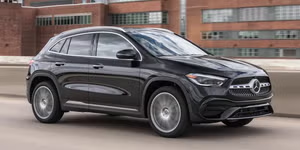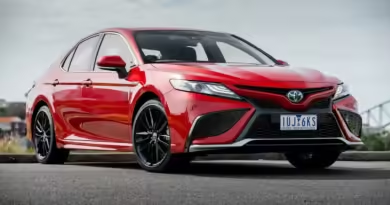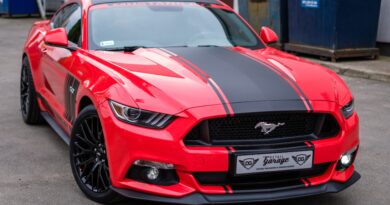Bugatti Tourbillon uses a special V16 hybrid configuration to reimagine the hypercar
In the early 1990s, Italian businessman Romano Artioli revitalized the Bugatti brand with the incredible EB 110. Built-in the Italian Republic, the brand’s first contemporary production model paved the way for the Ferdinand Piëch-era Veyron, a fully functional hypercar created with the financial might of the Volkswagen Group. A decade later, the Chiron did the same, pairing a somewhat similar look with W16 quad-turbo power. However, the French manufacturer has redesigned the car once again for 2026 with assistance from the crazy guys and girls at Rimac.
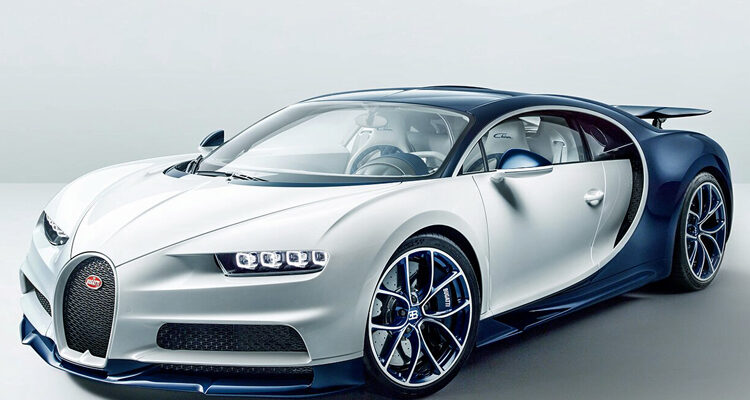
Now for the brand-new Bugatti Tourbillon, which big kahuna mate Rimac claims has no parts in common with what came before it. Let’s first talk about price, specification, and estimated start of deliveries. At an initial cost of over $4 million (3.8 million euros net), no more than 250 specimens of this breed will be built.
The production of this hand-crafted Bugatti Tourbillon masterpiece will begin in 2026 and will take place at the Bugatti atelier in Molsheim. The tourbillon, whose name is derived from the complex mechanical workings of a luxury mechanical watch movement, will begin shipping after Bugatti ends the W16 chapter with the last Bolide and W16 Mistral specimens.
The Bolide is a track-only special that has the same maximum output as the W16 Mistral on the road, as you may have already heard. The latter, on the other hand, is better recognized as the Chiron roadster. Unlike the Veyron, the Chiron was never available as an open-top vehicle. However, the W16 Mistral will be produced by the business in just 99 pieces.
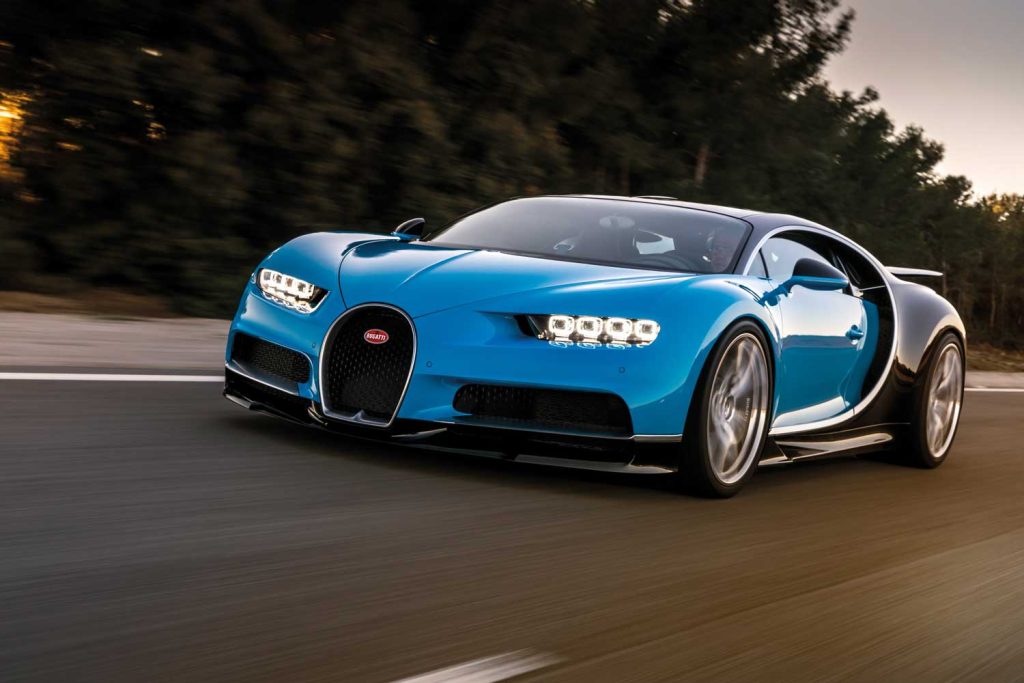
To maintain the lowest possible weight, the Tourbillon uses T800 carbon composites for the chassis and body design. How small is that? Consider it one level below the Chiron. The Chiron was first introduced with a DIN empty weight of 1,995 kilograms, although DIN values have been reported as low as 1,995 kilograms or 4,398 pounds.
At first glance, this isn’t really surprising, but you know the whole story is still unknown to us. Instead of being a hypercar powered only by combustion, the Tourbillon is a plug-in hybrid with a 24.8-kWh battery, a front axle that combines two electric motors, and another motor on the rear axle, located directly behind a specially designed V16 capable of free-flowing air.
Before we delve into the high-performance features, output figures, and straight-line moves, let’s emphasize that it has a driving range of over 60 kilometers (37 miles) without any emissions. In other words, Bugatti and Rimac put the Mercedes-AMG crews to shame with the F1-engined ONE. With its single-turbo V6 heart, the downforce monster has an electric range of eighteen kilometers or eleven miles.
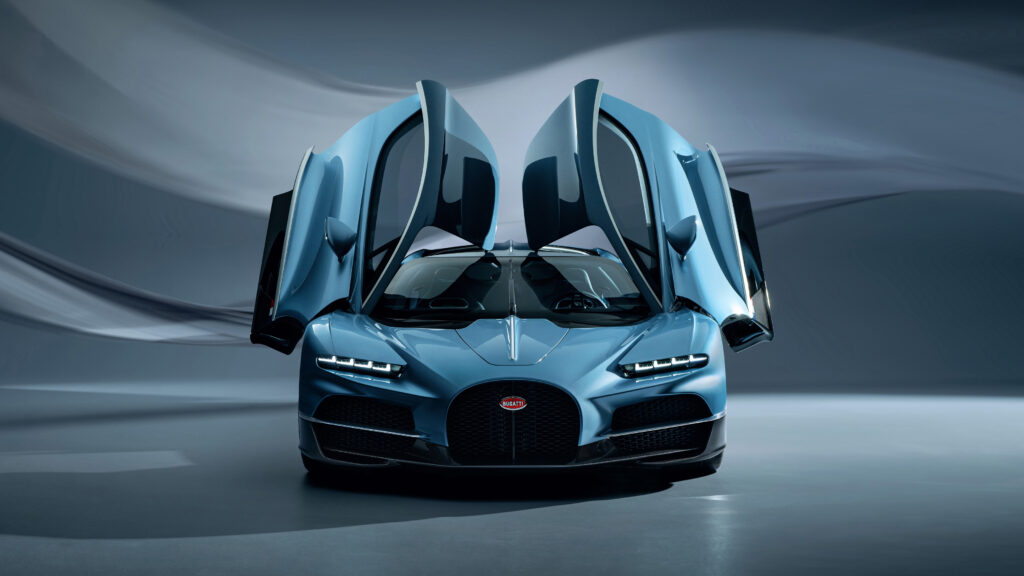
The 90-degree V16 has the same V angle as the 4.0-liter V8 seen in many performance vehicles produced by the Volkswagen Group brand, which has a displacement of 8.3 liters. Other than that, it’s a fully optimized powerhouse, as one might expect from Bugatti. Additionally, the Chiron and Veyron’s W16 engines were not shared with any other brand within the Volkswagen Group. The 8.0-liter W16 is not just a combination of two 4.0-liter W8s, even if many people think so. To understand, just look at the stroke, bore, and cubic centimeters.
1,800 Chevaux, also known as Cavalli Vapore in Italian or Pferdstarke in German, are produced in total. That’s 1,775 horsepower, while the record-breaking Chiron Super Sport 300+ has 1,578 horsepower, which is the ultimate version of the Chiron. Those naturally aspirated horses are sent to the rear wheels via an eight-speed longitudinal DCT.
The front-axle motors each have a maximum power output of 250 kW (340 ps or 335 hp), and full torque vectoring is the cherry on top. There will also be a 250-kilowatt electric motor at the rear. Although Bugatti didn’t reveal the maximum system torque, we do know that the monster engine can produce 900 Nm (664 lb-ft) running at 9,000 rpm.

The most exclusive carmaker in France said the rear motor will have 240 Nm (177 lb-ft). With 1,620 Nm (1,195 lb-ft) of torque available, Bugatti has theoretically unleashed a monster if the front motors also produce a torque of that magnitude. Insane indeed, yes! It should come as no surprise that this guy’s nearly 25-kWh battery is an 800-volt device with NCA 21700 cells that can be recharged from empty to 80 percent in 12 minutes, considering that Rimac played a key role in its creation.
The structural component of the car, the battery, is located almost exactly where the Chiron’s gearbox tunnel ends. When Mate Rimac introduced the new model, they stated as follows: the battery weighed 200 kg (441 lbs), the electrified front axle weighed 82 kg (181 lbs), the rear motor weighed 23 kg (51 lbs), and the inverter weighed 11 kg (24 lbs). It weighs about 316 kg or 697 lbs, which is proof of Croatia-based Rimac’s expertise in all things battery electric.
The technical specification sheet, which is attached below with the first announcement, shows that the electric side of the powertrain produces more than 600 kilowatts. With the 1,000 pferdstarke of the naturally aspirated V16, this surpasses the stated 1,800 ps (1,775 horsepower). Mate Rimac said there is still work to be done by Bugatti before the Tourbillon is ready for production, which could mean that the weight and power of the Tourbillon will change slightly by 2026.
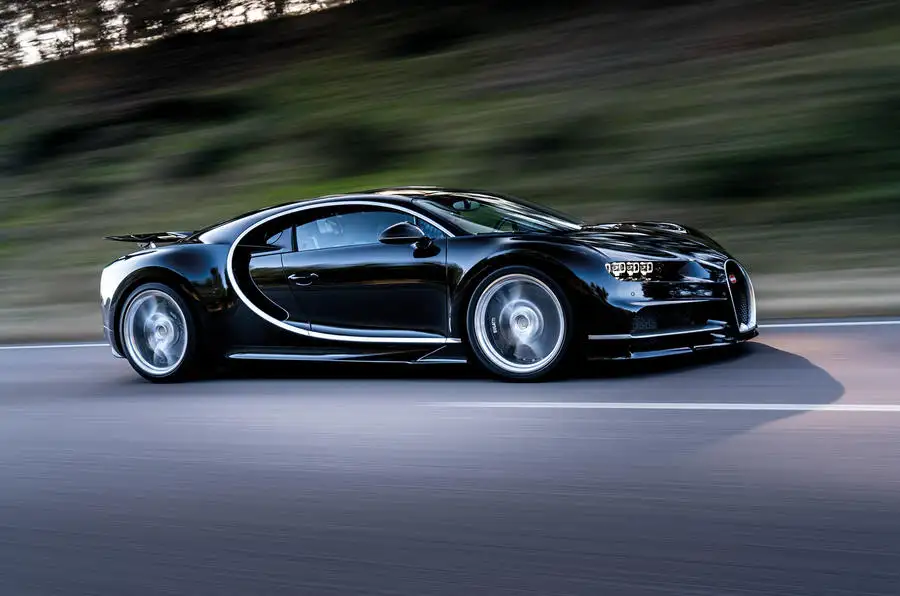
Like its predecessor, the Tourbillon is a masterful fusion of elegance and aerodynamics, making it an unrivaled Bugatti in every aspect. The aerodynamic diffusor of its underbody starts near the passenger cabin and gradually climbs to the rear, where it is crowned by two exhaust finishers with a stretched pentagon design. A really interesting crossover between two completely different ideas occurs when the diffusor connects to the crash structure.
Naturally, there is also an active rear wing. At very high and low speeds, it remains buried, but when braking or cornering, it rises up immediately to increase stability. Surprisingly, the famous horseshoe front grille and front end have a frontal area smaller than that of the Bugatti Chiron, thanks to a number of gimmicks. For example, the Tourbillon is 1.3 inches (33 millimeters) shorter than the Chiron.
Another innovation worth noting is what Bugatti refers to as the “flying fenders,” which direct incoming air below the headlights and over the side intakes, which power the huge V16 engine. In contrast, it’s clear that the Rimac Nevera and several other automobiles served as inspiration for the dihedral doors.

Going from zero to 100 kilometers per hour (62 mph) takes barely 2.0 seconds, which is faster than the 1.99 seconds it takes a Tesla Model S Plaid to reach 60 miles per hour (97 mph). When the speed key is present, the Tourbillon can reach speeds of up to 445 kilometers per hour (276 mph) instead of its usual top speed of 380 kilometers per hour (236 mph). While the Chiron Super Sport 300+ is electronically limited to 440 kilometers per hour (273 mph), the Chiron can reach speeds of up to 420 kilometers per hour (261 mph). The limited edition Chiron Super Sport 300+ achieved an absurdly high speed of 490.484 kilometers per hour (304.773 mph) at Ehra-Lessien without any technical limitations.
Inside, the Tourbillon is a work of art with an incredibly stunning analog instrument cluster inspired by the Tourbillon. Additionally, it remains stationary when the steering wheel rim rotates around it, providing an uninterrupted view of the instrumentation in any steering position. The power gauge on the right has two needles that show the V16 and electric power in real-time, and it’s even more impressive to see the speedometer reach 550 km/h (342 mph). To remind you that you are part of an elite group, the top portion of the left-hand gauge has 1/250 markings on it.

